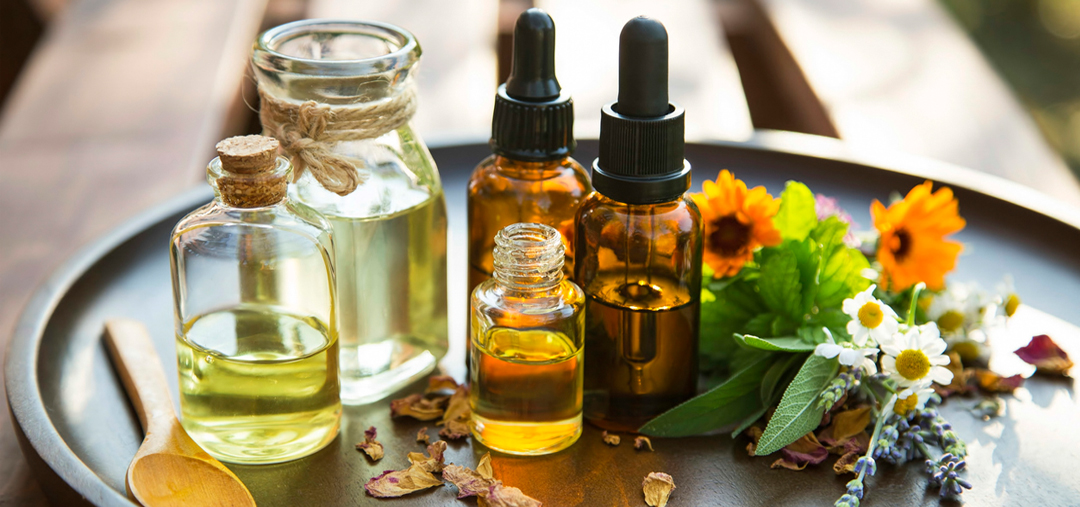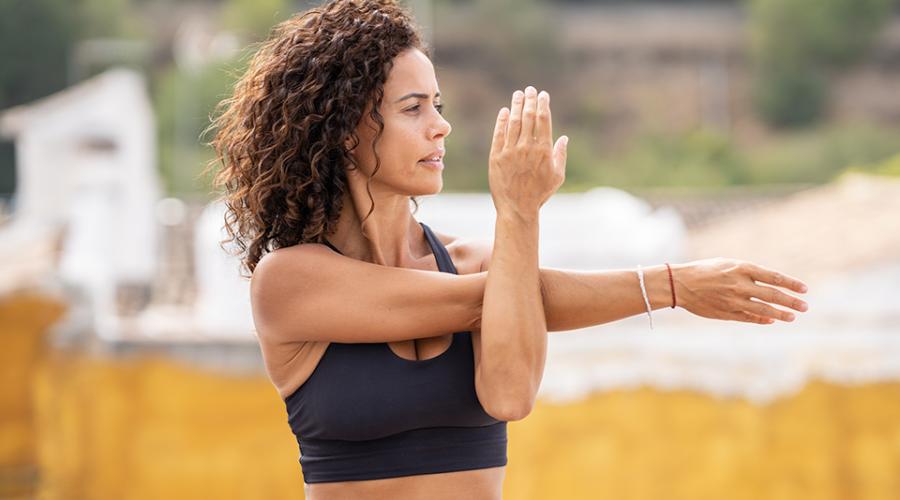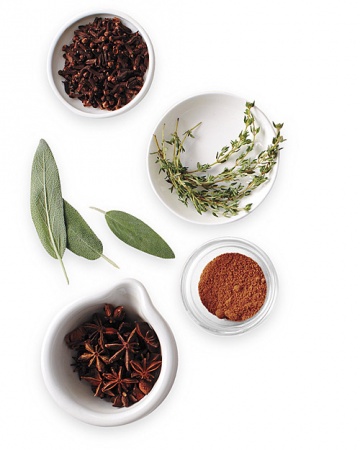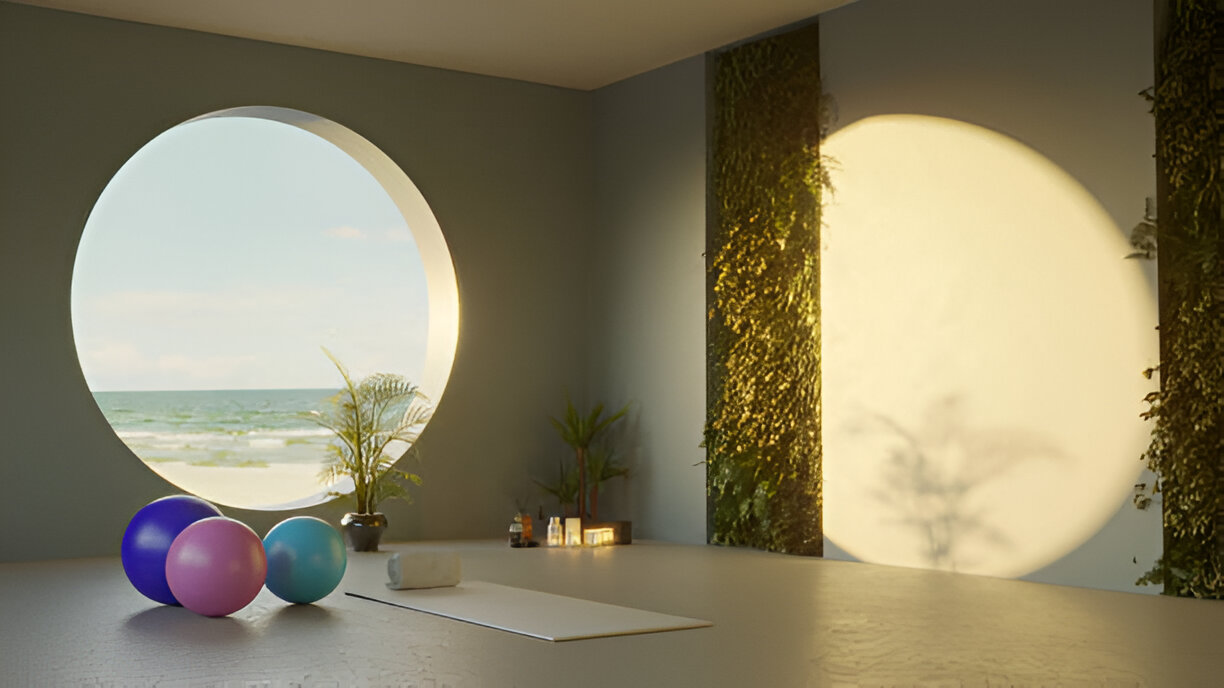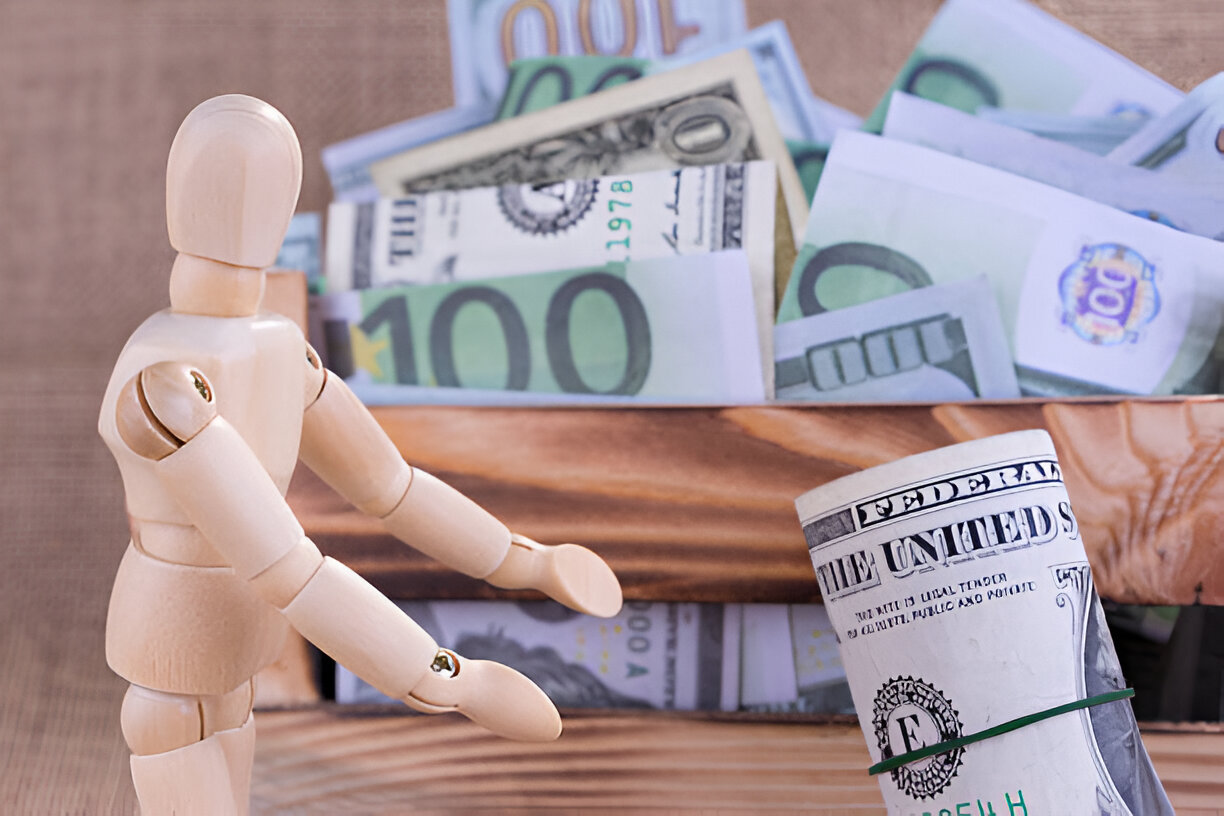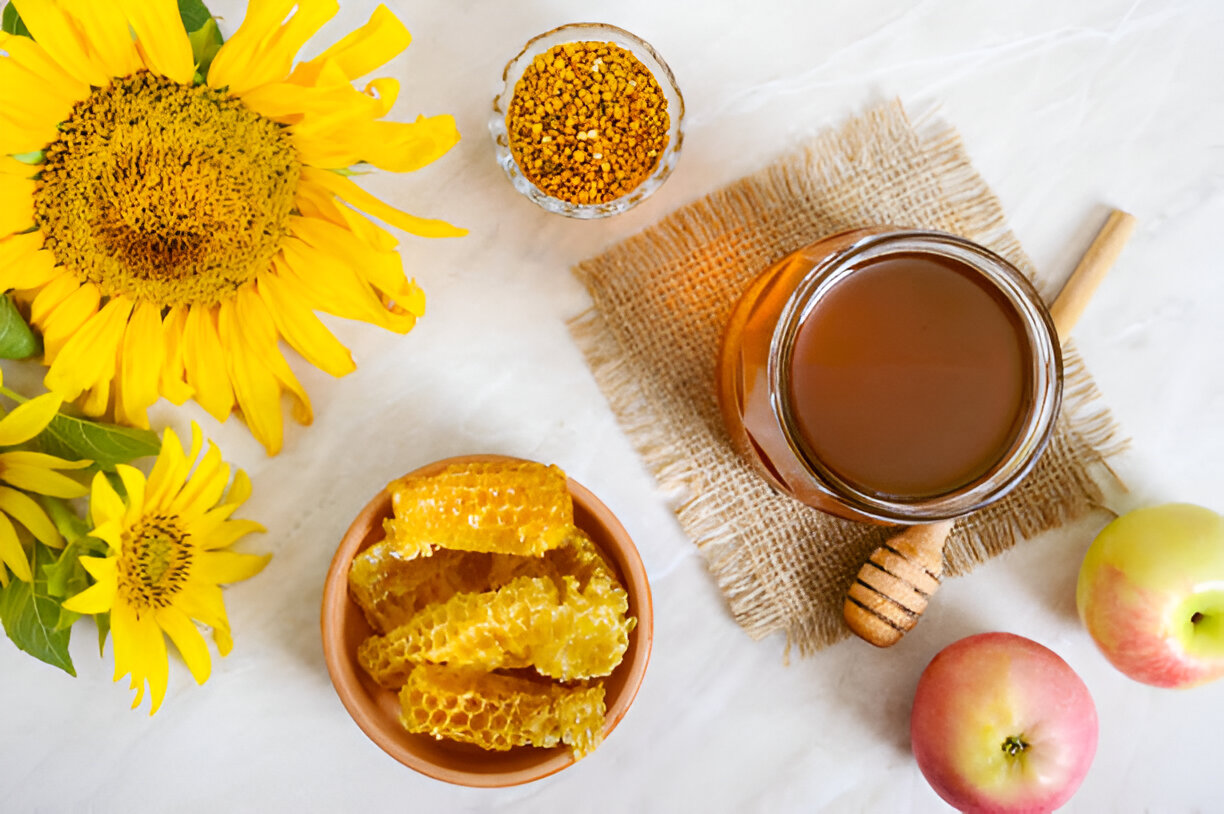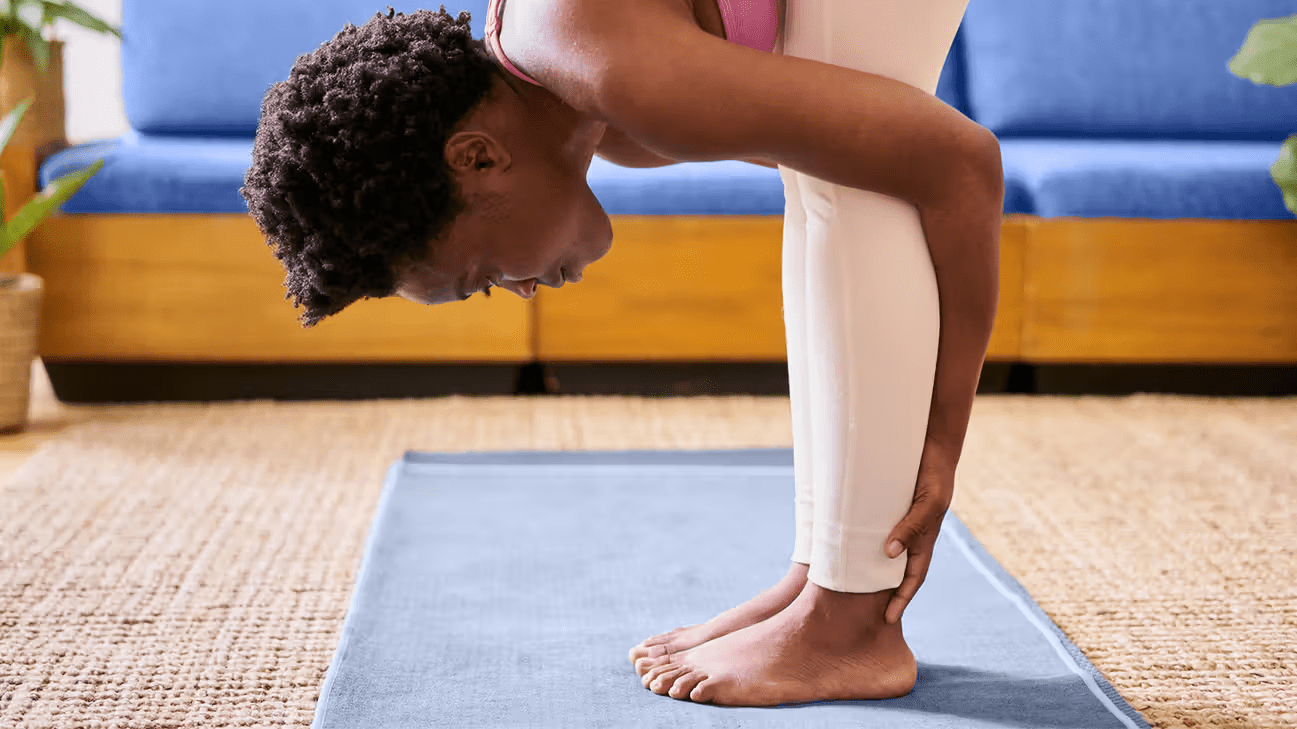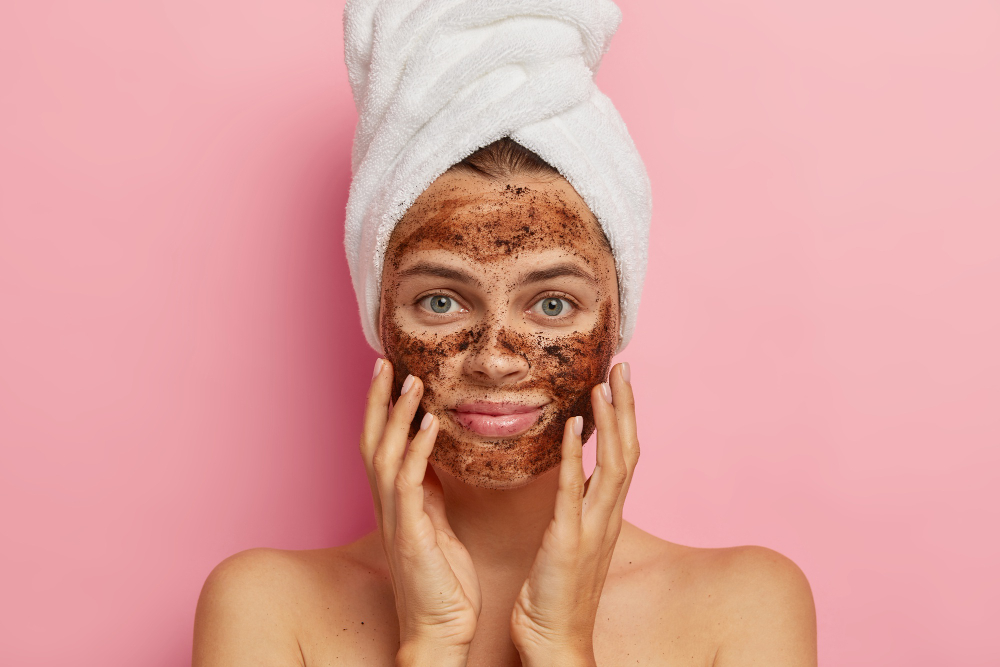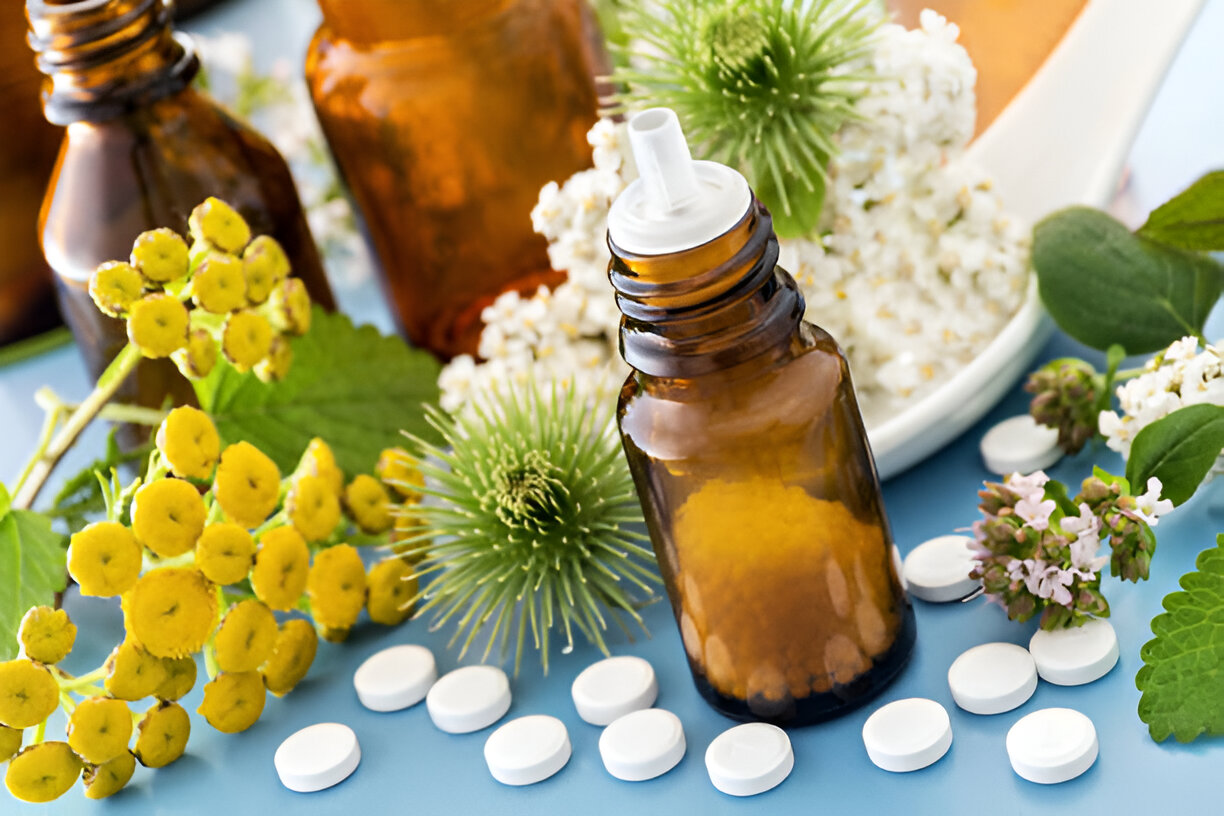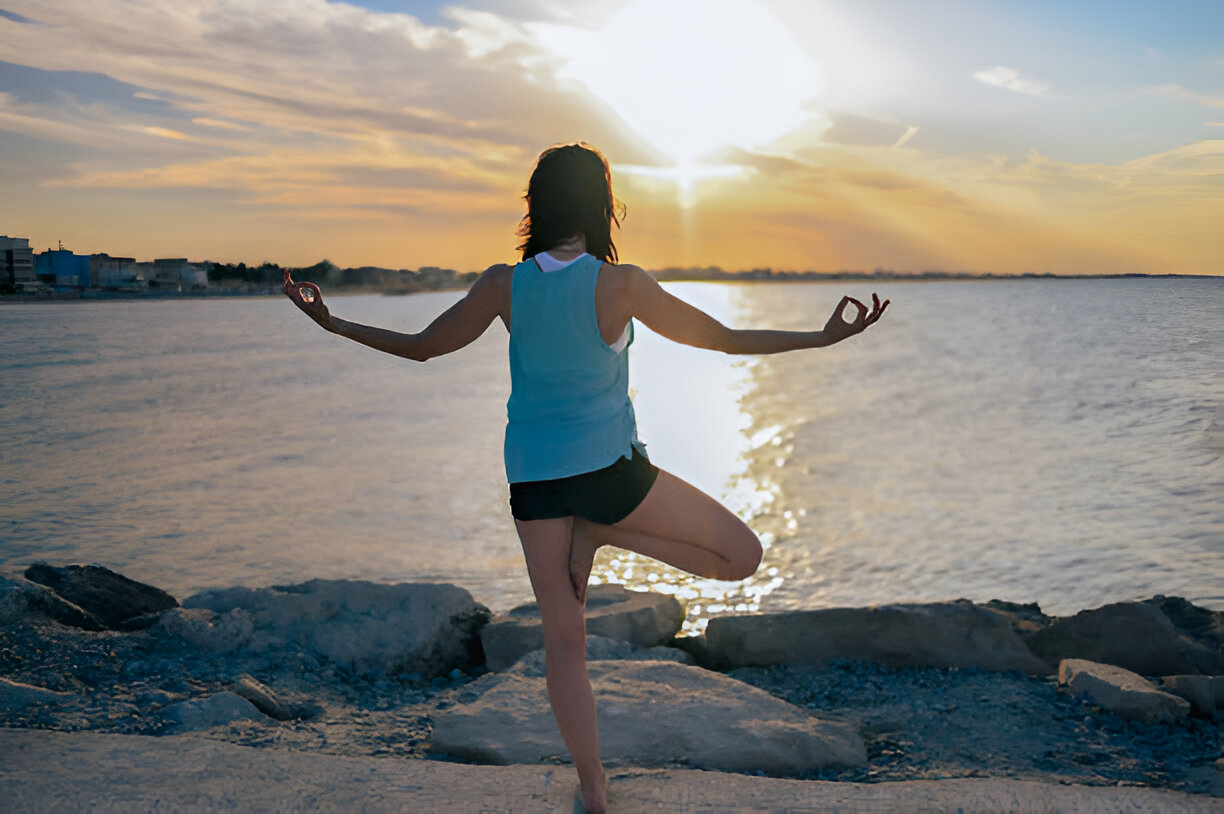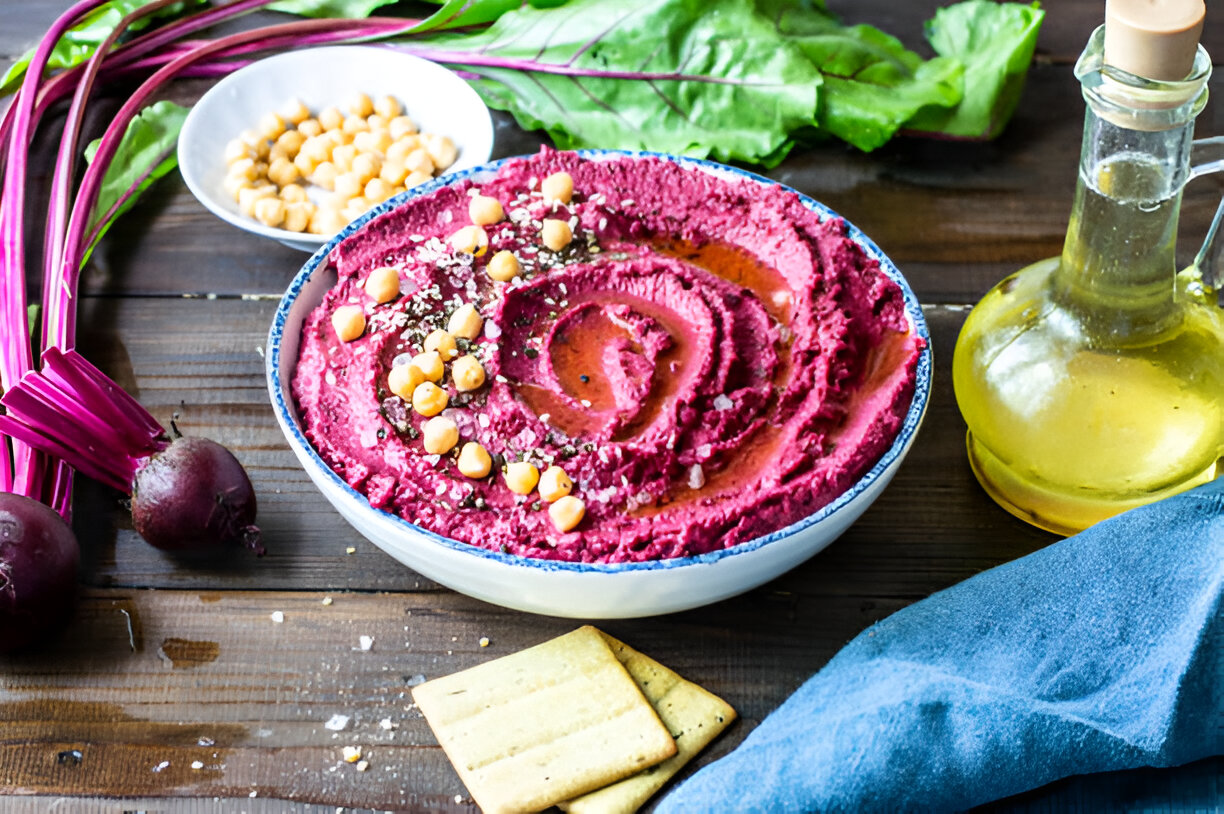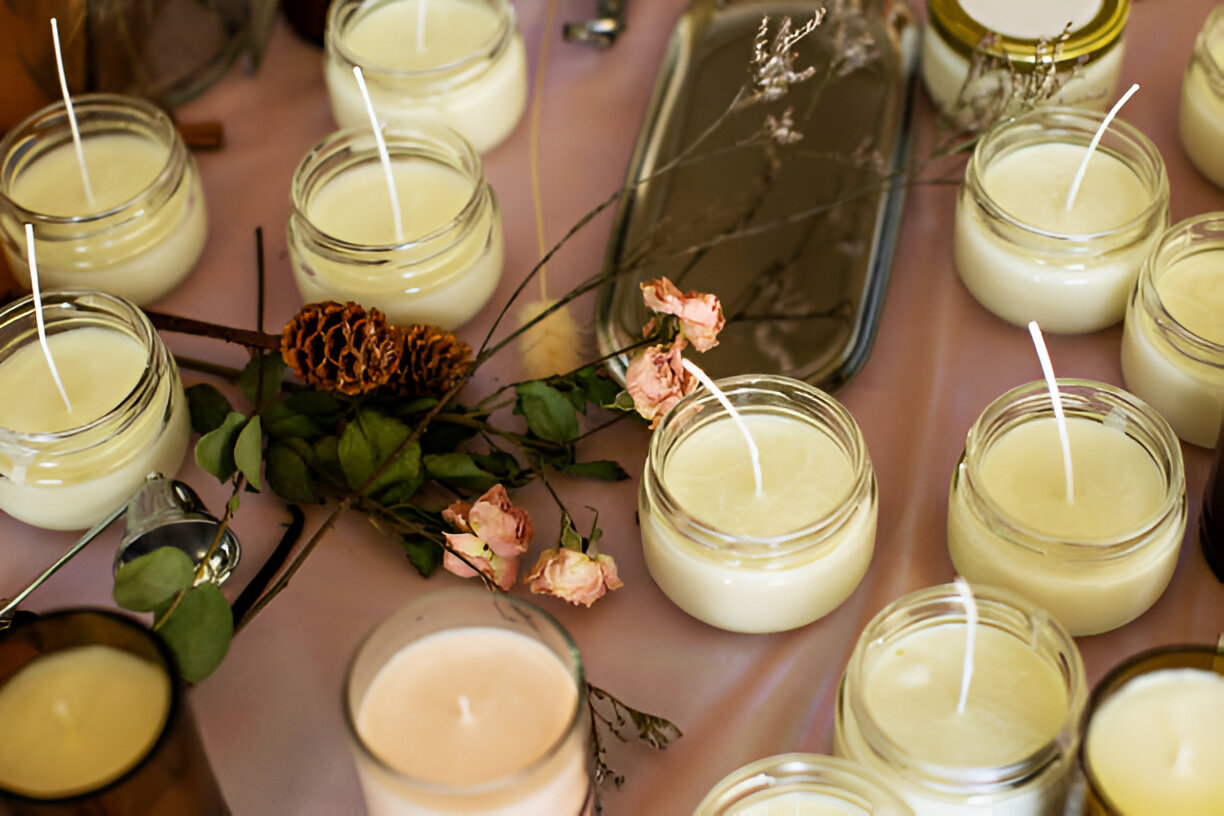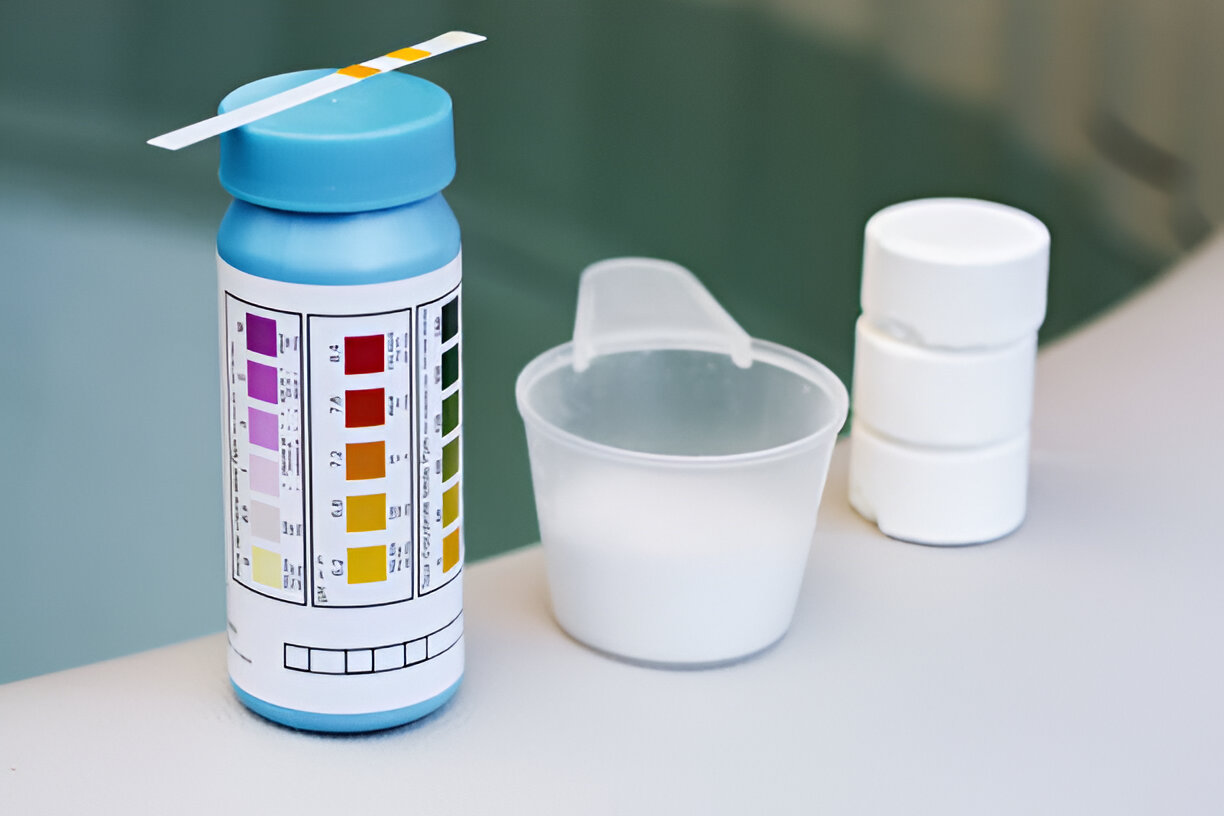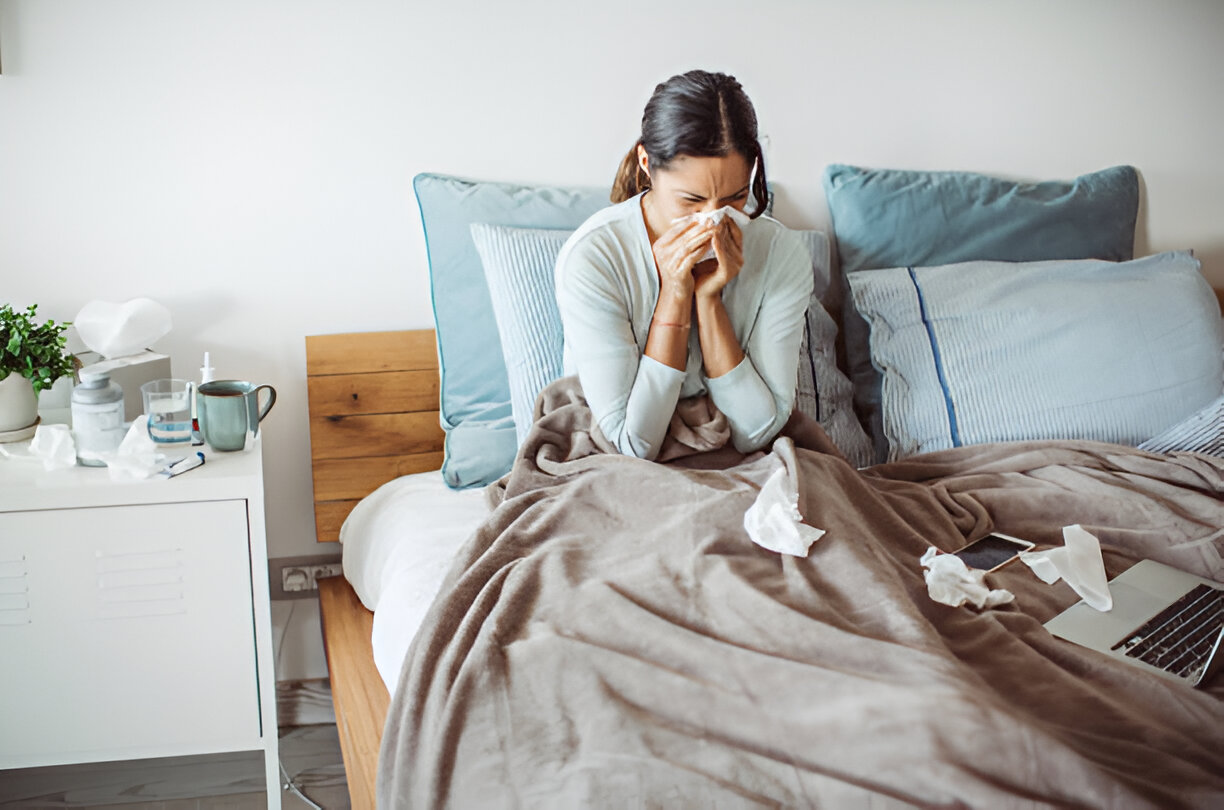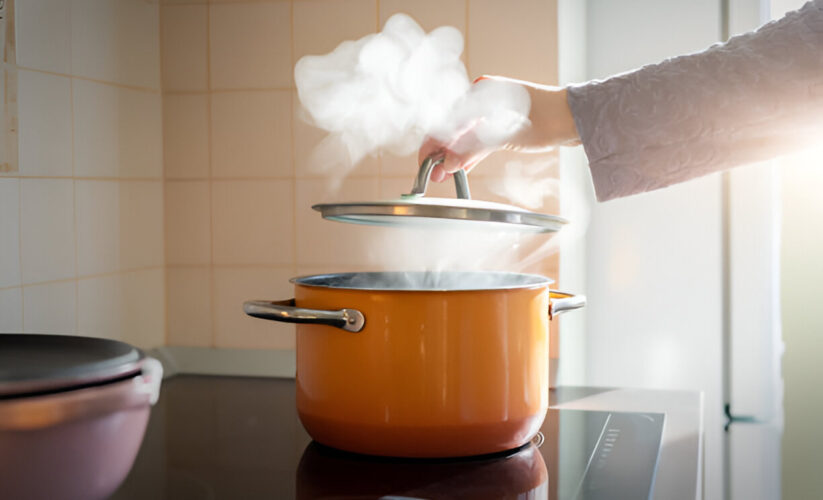
by Kristina Grish
My reproductive system has always been a bit screwy — unpredictable periods, stubborn cramps, the occasional painful cyst — which hardly makes my pelvis a center of calm. So for years, I’ve leaned on holistic treatments to help ease my symptoms. (And as someone who owns a moxa stick and regularly drinks muddy tea, I assure you that few of them give me pause anymore.) Still, when my acupuncturist at
YinOva Center
, an alternative medical practice in Manhattan, suggested a vaginal steam in the name of relaxation and good health down there, I raised an eyebrow and quickly crossed my legs. She said it would cleanse, tone, and nourish my cervix, uterus, and vaginal tissues, and to think of it as a soothing detox for the female anatomy. But it wasn’t until she described the therapy as “a facial for your vagina” that I began to warm to the idea. Pamper my patchouli? Well, I thought, there’s no denying she’s been through a lot …
Known in Central and South America as “bajos” (ba-hoes), and in Korea as “chai-yok,” the vaginal steam is a centuries-old technique that’s been gaining popularity in holistic practices, physical therapy centers, and spas in the United States. Most of these “uterine lavages” use water steeped with medicinal herbs to address a slew of ailments including bladder and yeast infections, hemorrhoids, infertility, and irregular and painful periods. The technique is also thought to help heal uterine fibroids, perineal tears, and scarring from C-sections, hysterectomies, and laparoscopies. V-steaming boosts circulation to the pelvis — which means increased oxygenation, dilation of blood vessels, and a relaxing of the pelvic floor muscles that tend to cramp or spasm before or during menstruation.
And though steams aren’t exactly controversial, they’re not yet conventional either. Some of the doctors I spoke with seemed to find the idea downright silly, but when I mentioned the technique to Charles J. Ascher-Walsh, M.D., director of gynecology at Mount Sinai School of Medicine in New York City, he said he could see its value. “It’s reasonable to think that steam could soften the cervix and cervical mucus to make fertility-related procedures easier,” he said. “And the herbs may even have an aromatherapy-like effect.”
Just as the Korean and Central and South American women tend to do, I scheduled my “vagacial” for the last day of my period. I hoped it would soothe my pelvis, which, after a particularly crampy cycle, can tend to feel like it’s been through boot camp. A week before my visit, I consulted with Nicole Kruck, YinOva’s resident steamer. She asked me about my overall health and whether I had any allergies to herbs, since she concocts her brews to address individual clients’ needs. For instance, she explained, basil stimulates menstrual flow and has antibacterial qualities. Oregano is known for antispasmodic, antiviral, and antiseptic properties, and rosemary helps inhibit yeast growth.
On the day of my steam, Kruck led me to a small room devoted to the ancient technique. I removed my panties and wrapped a blanket around my waist so that it draped to the floor and created a tent. Then I squatted on a low seat that had a hole cut out of the middle. (That would be the vagi-stool.) I spread my knees wide to help open myself up, and centered my body on the surprisingly comfortable perch. She slid a large, steaming bowl of water underneath me, explaining that it had been brewed using calendula, an antibacterial, anti-inflammatory, immuno-stimulating herb. It smelled very much like chamomile tea, which lent a certain coziness to the otherwise somewhat awkward situation.
It felt like I was hovering over a humidifier, but I did have the sense of a pleasant steam traveling into my body. I imagined it relaxing and opening the pores of my internal tissues. Kruck massaged my shoulders and hands, and when the vapors had cooled, we refilled the bowl for a second go in order to give the herbs more time to work and for me to relax into the process. As a finale, Kruck had me dry off, put my panties back on, and move to her massage table. Though the type of Maya abdominal massage she proceeded to give me isn’t an integral part of the steam, a lot of practitioners offer the two procedures together, since they can work nicely in tandem — the steam relaxes the tissues and activates the healing process, and the massage helps bring the body back to its natural balance.
As Kruck’s hands swept across my pelvis, I wondered aloud whether using an over-the-counter douche, a hand-held shower, or even a hot herbal bath might yield the same results as steaming “Douching and showerheads are more intense lavages,” she said, “and drugstore douches can throw off your pH balance, which definitely doesn’t happen if you use the right herbs.” As for baths, she added, they warm only external tissues, whereas steams help the heat, moisture, and herbs penetrate deep into the body.
While some of the physicians I spoke with said they doubted that medicinal mists travel much beyond the cervix (in a reversal of the phenomenon that sees mucus blocking outside “hazards” from entering), the integrative experts tended to disagree. “The steam thins the mucus, in much the same way that it clears a congested nasal passage, so the herbs can then do their job,” said Isa Herrera, the author of
Ending Female Pain
and a clinical director at Manhattan’s Renew Physical Therapy Healing Center, which has been offering this type of treatment for years. Vaginal tissue is epithelial and mucosal, she explained, so it’s very muscular and stretchy, but also absorbent and porous, like skin. “Healthy vaginal tissue is used as an effective vehicle for the administration of medications like antibiotics, antifungal creams, and hormones, so I suspect the herbs in the steam can be easily absorbed this way, too,” noted Katherine A. Thurer, M.D., a gynecologist at the Raby Institute for Integrative Medicine at Northwestern University, in Chicago.
Just how much will one of these dewy sessions run you? It depends on your needs and on what kinds of massages, if any, you add, but prices generally range from $75 to $330. If steaming is done right, there shouldn’t be any drawbacks — the gynecologists I spoke with said that steams are unlikely to change your pH, or to cause bladder or yeast infections. But just as you would when stepping into a sauna or a hot tub, be fussy when choosing a facility that administers heat and moisture treatments to your private parts. Kruck recommends finding one that uses organic herbs, as she believes that only the purest of ingredients should treat this region. The best times for the procedure are before or after your period. Never steam at the height of menstruation, or if you’re pregnant or think you may be.
After a steam, Kruck says, slight cramping and discharge are “very positive.” Mild uterine contractions help the body cleanse itself, she explains, and discharge naturally occurs when something in the pelvis (like old blood) needs to come out. I experienced what felt like mild menstrual cramps for a day afterward, and hardly minded, since they apparently indicated a positive result. Best of all, my stomach felt flat, calm, and supple — a major improvement over its usual post-period bloat and tightness. A belly that feels and looks this good? Those ancient squatting women were definitely on to something. Who knows? I may just go full steam ahead and schedule another visit.
Steam Thyself
Ancient healing in the modern privacy of your bathroom.
FIRST:
Consult an M.D., herbalist, or certified abdominal massage practitioner before using and combining herbs. (Do not use essential oils, as quality is hard to regulate, few are pure, and they are generally too concentrated and strong for internal use.)
THEN:
Boil 8 cups of water, add a handful of fresh herbs or 1/4 cup dry ones, and steep for about 10 minutes. If you don’t have a vagistool, pour half the water into a bowl (leave the rest of the water on the stovetop, covered, so you’ll be ready for a second round) and place the bowl in your toilet. Let the water cool for a bit to be sure the steam is warm and not scalding. Tent yourself with a towel or blanket and sit down on the toilet. Stay there for about 10 minutes, until all of the steam has evaporated. Dump the water; if you still want more, replace it with the hotter stuff from the stove.
For more instructions, visit
yinovacenter.com.






